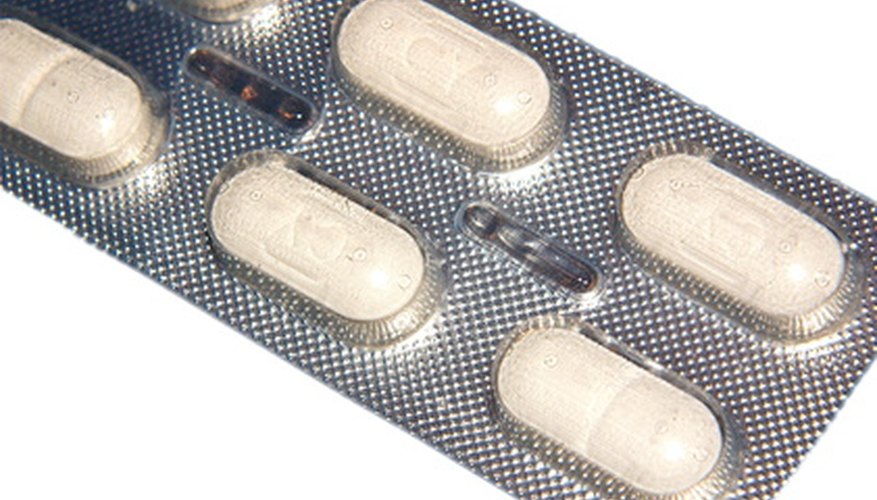Over the past few decades, households have become increasingly busy and convenience has become an important factor in purchases. At the same time, the amount of packaging on an individual food product or other consumer item has increased. While packaging does improve safety, offer convenience and reduce theft, it also comes with a number of disadvantages. Packaging can be bulky, expensive and environmentally damaging over the course of its life cycle.
Cost
While packaging can do a lot to get customer attention, and may even add value to a product, it also adds to the cost of production and the eventual retail price. According to Know This, packaging can represent as much as 40 per cent of the selling price of products in industries such as the cosmetic industry. New packaging can be expensive to develop, adding to the cost of products.
Landfill Impact
Packaging is responsible for significant portions of the waste stream. According to the Ashland Food Cooperative, packaging is responsible for about one third of the municipal waste in the United States. Some waste can be recycled, but many materials are not appropriate for recycling. Post-consumer recycled content is often usable only in specific contexts. For instance, many types of recycled plastic may not be used in food containers, even if the original plastic came from food containers. Much of the waste produced by packaging ends up in a landfill.
- Packaging is responsible for significant portions of the waste stream.
- For instance, many types of recycled plastic may not be used in food containers, even if the original plastic came from food containers.
Production Footprint
Products with more packaging also use more resources in production. According to Green Living Tips, around 12 million barrels of oil are used to make shopping bags for U.S. consumers each year. Over 10 million barrels are used to make water bottles, and one pound of polystyrene (styrofoam) uses about two pounds of petroleum stock. Production also requires energy, usually sourced from burning fossil fuels, and may produce air and water pollution.
- Products with more packaging also use more resources in production.
- According to Green Living Tips, around 12 million barrels of oil are used to make shopping bags for U.S. consumers each year.
